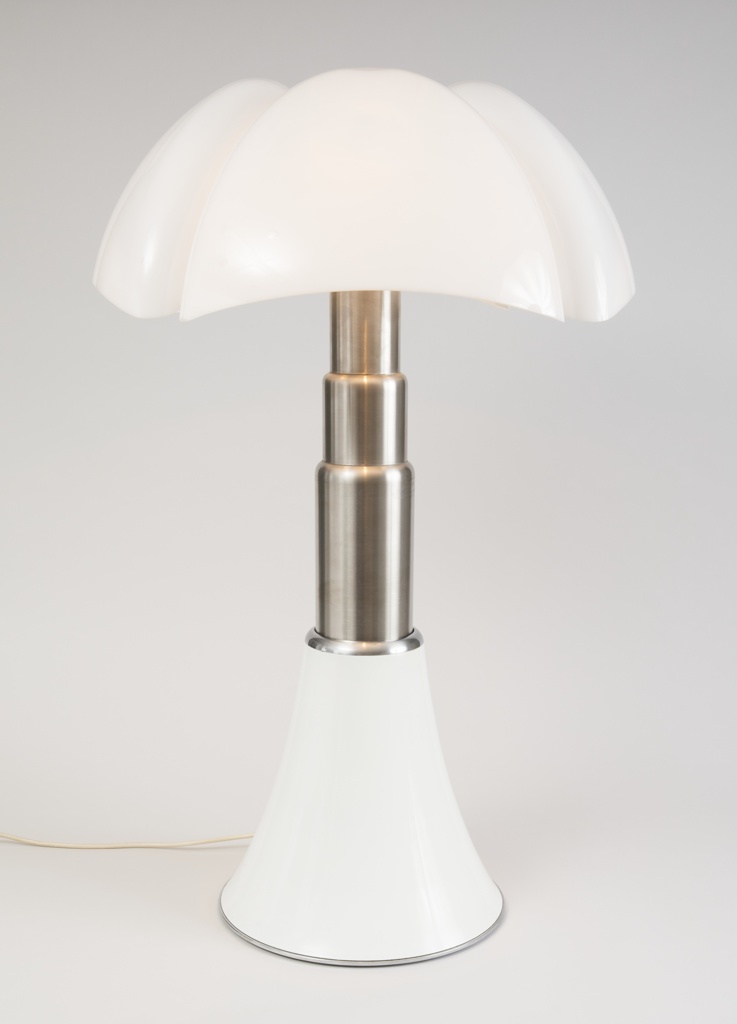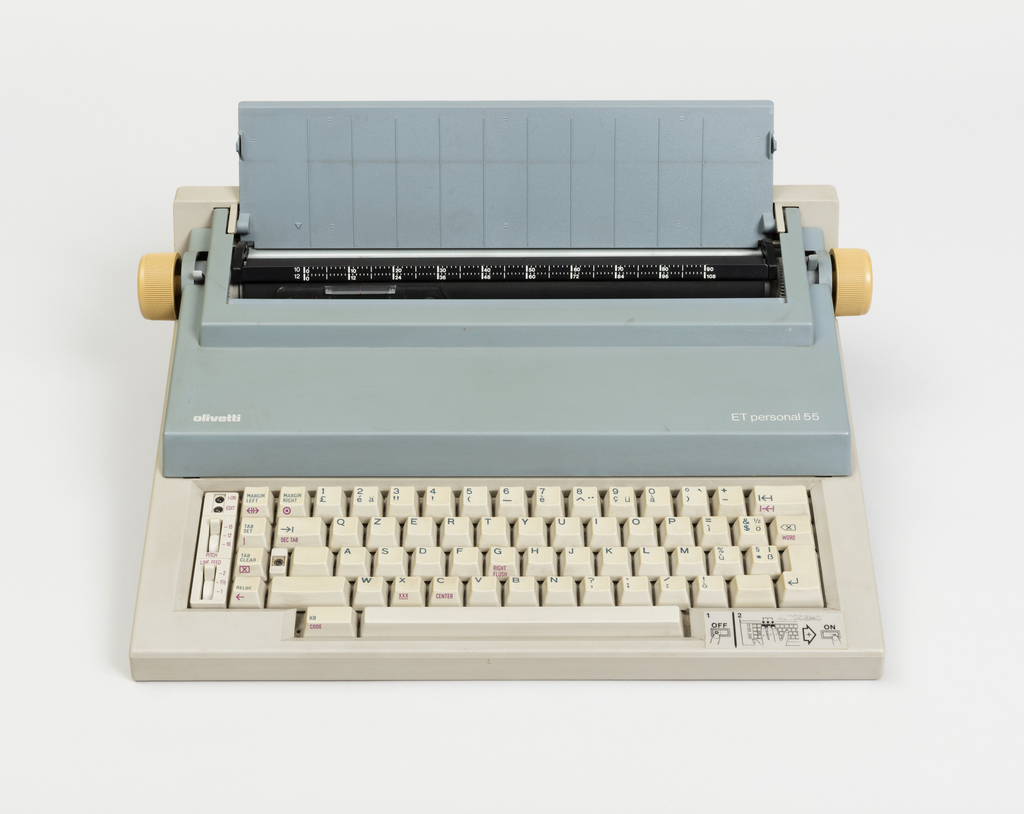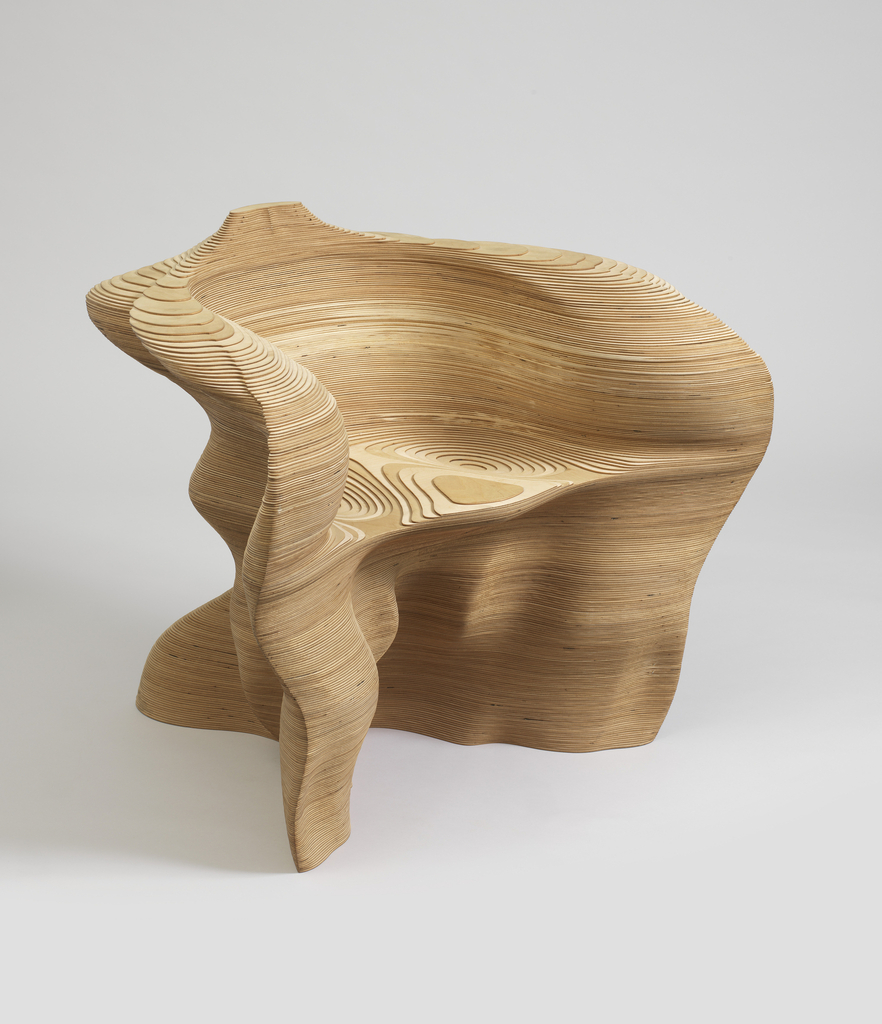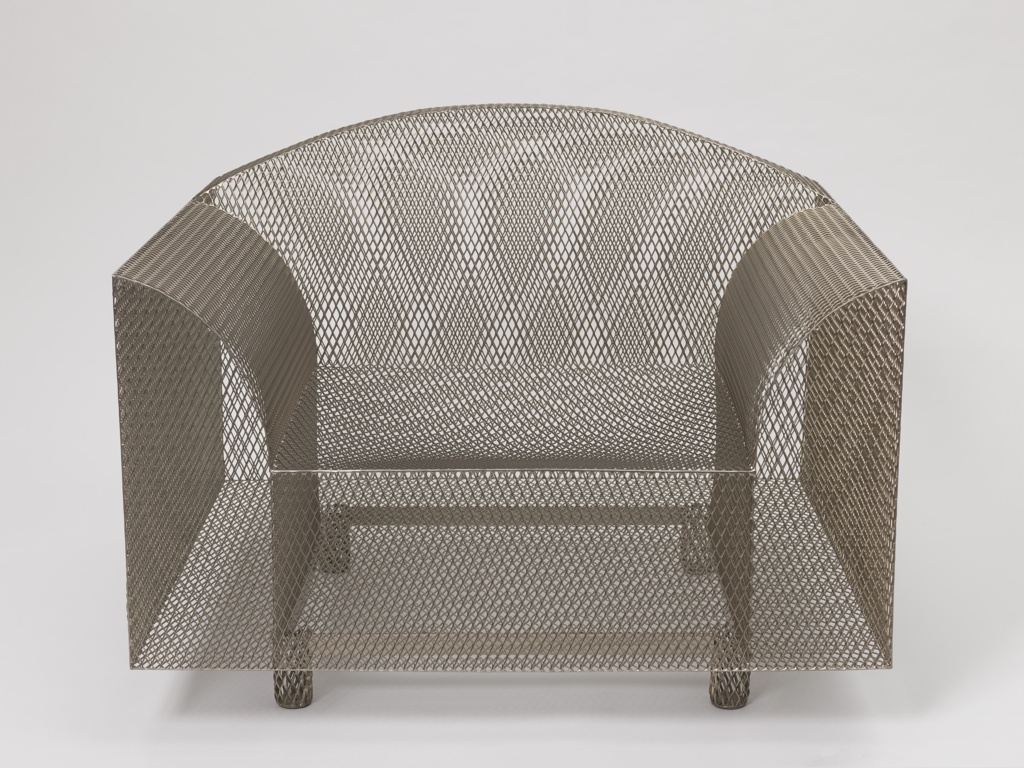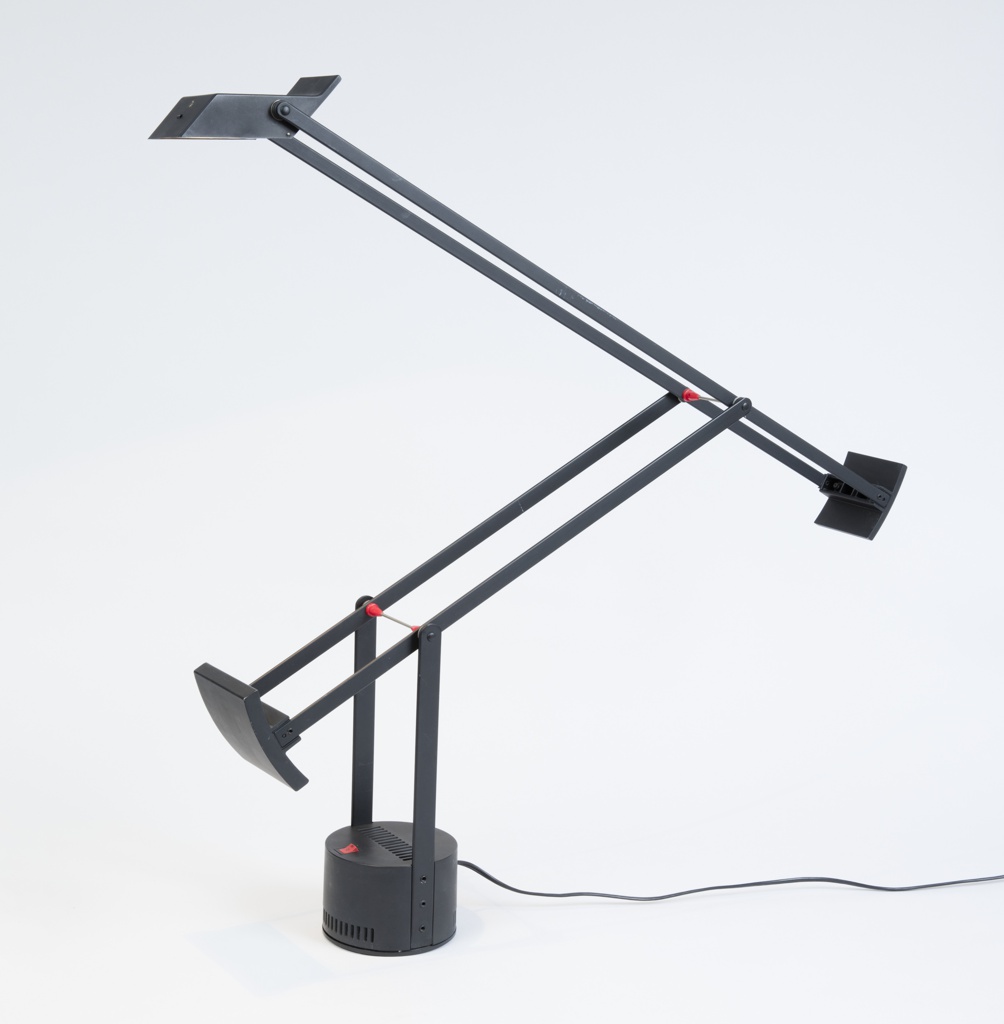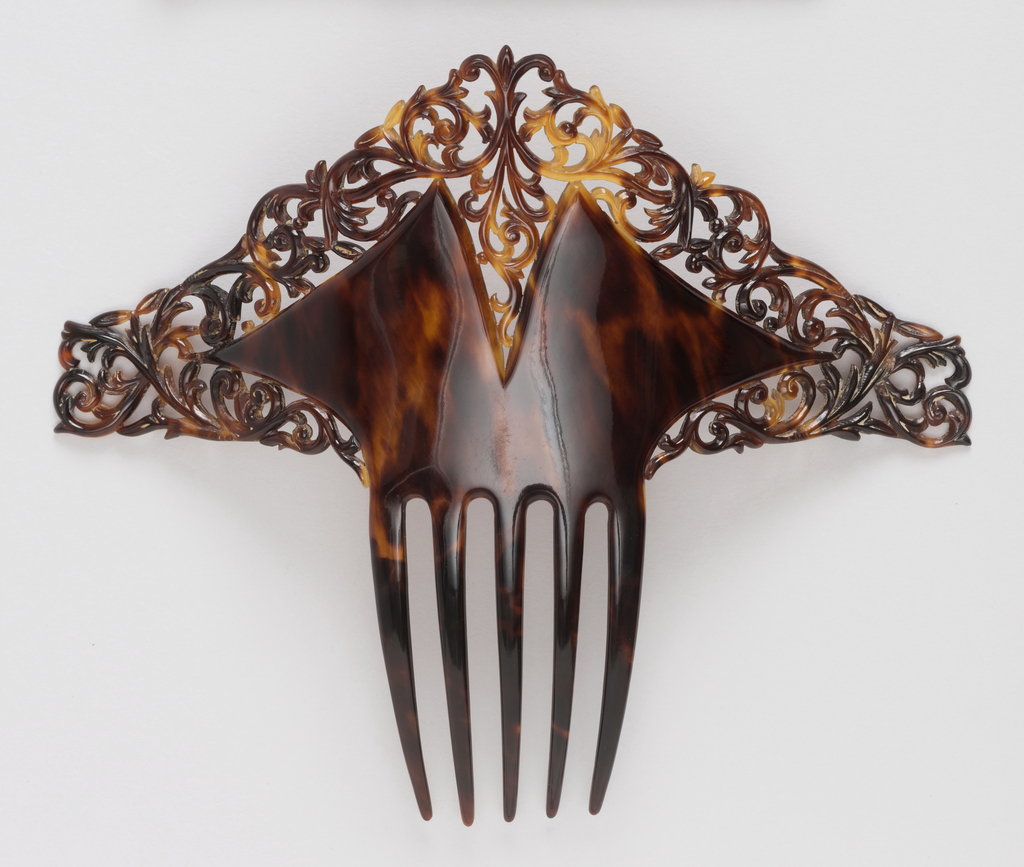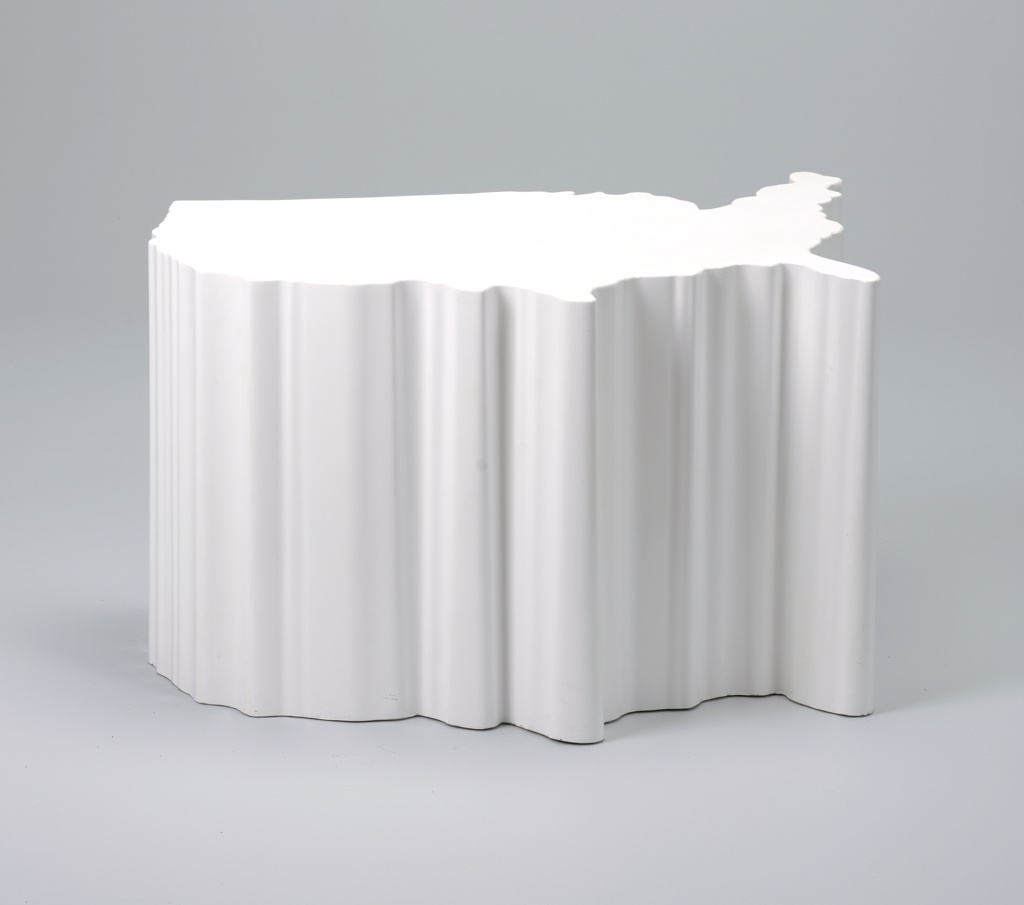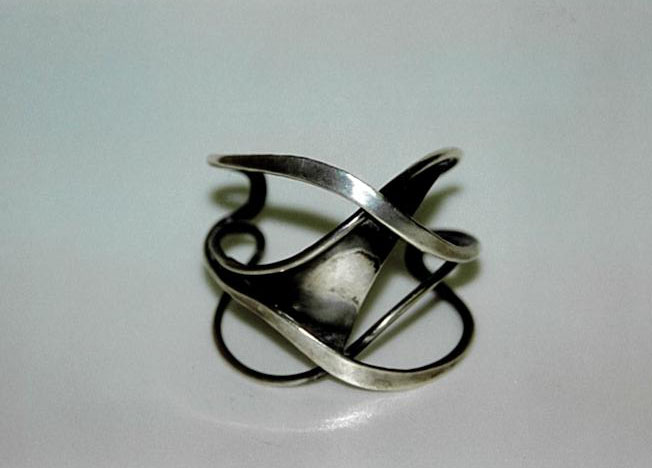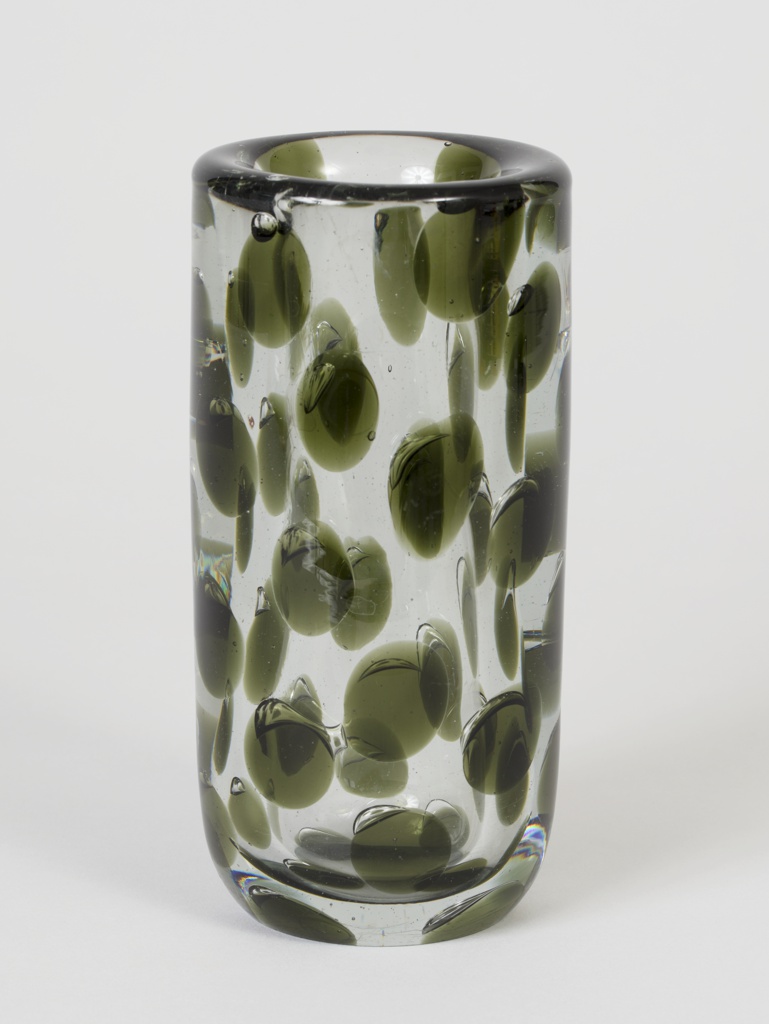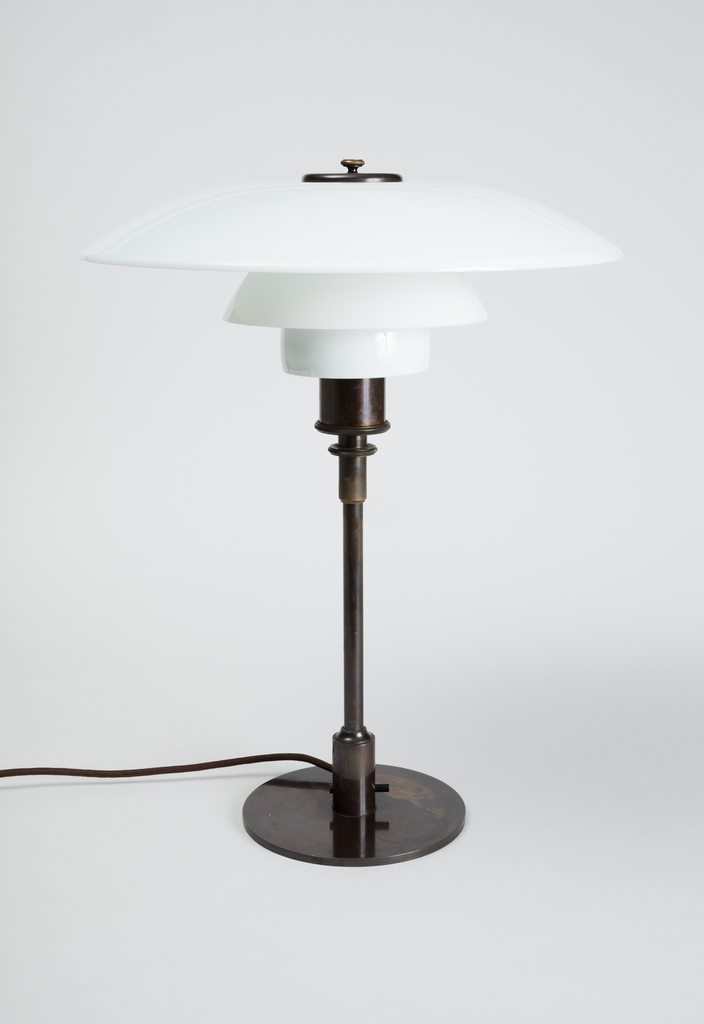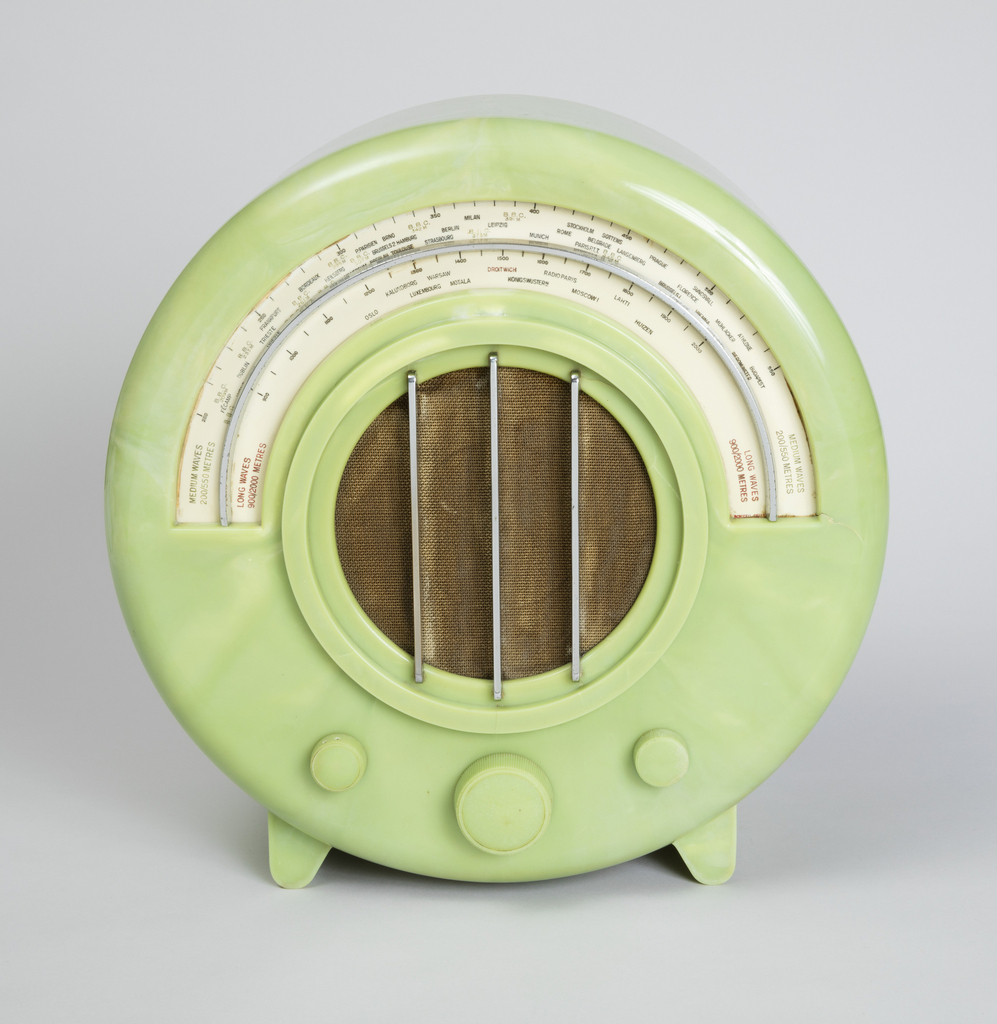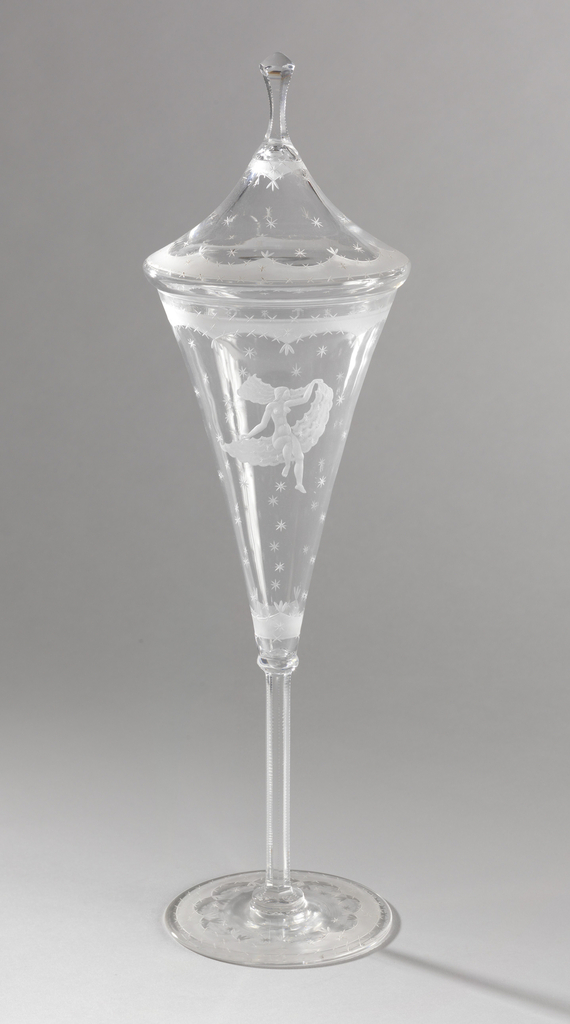By the 1960s, it could be argued that lighting design had come of age. This was influenced by several factors—booming post-war economic growth, the emergence of a new youth market eager to challenge established ideas about modern style, and the continuing development of lighting technologies and new plastics that encouraged greater experimentation with form and...
By the 1980s, the drive to miniaturize electronics had advanced so far that industrial designers were no longer obliged to create forms that had to accommodate large internal mechanisms and parts. Mario Bellini and his contemporaries could use their creativity and skills to appeal to consumers on practical, visual and experiential levels. His ET Personal...
Danish designer Matthias Bengtsson designed the Slice chair in 1998, while a student at the Royal College of Art in London. Exploring the relationship between high tech manufacturing methods and the hand-made, his creative process combined cutting-edge production techniques with craft. Bengtsson first modeled the curves and contours of this sculptural form by hand in...
Revealing the importance between Pop Art and design, Cesare Casati and Emanuele Ponzio’s Pillola lamps designed in 1968, are representative of Italy’s anti-design movement of the mid-1960s and 1970s. Challenging notions of “good design,” the anti-design movement took its cues from Pop Art’s use of bright colors and banal subject matter. The Pillola lights culturally...
In his How High the Moon chair, designer Shiro Kuramata utilizes an industrial material, steel mesh, to give a contemporary interpretation to the traditional club chair. The shape and proportions are based on an established Western form—a bulky, deeply upholstered easy chair with a low back and deep arms—but here, Kuramata’s use of an unexpected...
In 1970, aeronautical engineer Ernesto Gismondi and architect Sergio Mazza, co-founders of the lighting manufacturer Artemide, asked industrial designer Richard Sapper to design a desk lamp. A year later Sapper presented them with the Tizio lamp, a product that met his own needs. “I wanted a work lamp with a wide range of movement, but...
A version of this post was originally published on September 22, 2015. Some combs are used to groom hair, others to embellish and hold it in place. This decorative lady’s hair comb dates from the nineteenth century. By the 1830s, the austere, classically inspired Empire or Regency fashions popular since about 1795 had been supplanted...
In celebration of World Pride, June Object of the Day posts highlight LGBTQ+ designers and design in the collection. Best known today for his graphic design, Dan Friedman was also an educator and writer who tirelessly explored and experimented in many other design disciplines. In the late 1960s, Friedman studied graphic design in Germany and...
From the archives, an Object of the Day post on the jewelry of Art Smith, one of the designers featured in Jewelry of Ideas.
Saara Hopea (later Saara Hopea-Untracht) began her career as a furniture and lamp designer, but started designing glassware in about 1952, at a time when Finnish design was gaining prominence on the world stage for its strong attention to materials and sense of organic form in a modern idiom. Kaj Frank, Hopea’s former teacher at...
Danish architect and designer Poul Henningsen’s interest in light and lighting started at a young age when as a child in the 1900s, he observed the sharp glare from fixtures housing bare electric bulbs in his family home. Electric lighting was new, and older lighting devices, such as candlesticks or gas lamps, were being adapted...
The cost and large size of early radios made them status objects for the home. Their housings were made of wood and often imitated cabinet furniture in traditional styles. But, by the early 1930s and the rise of Modernism, sophisticated consumers began to update their interiors, and furnishings such as radios followed suit. In 1930,...
Architect, designer, design theorist, critic, and journalist—all describe Alessandro Mendini, who died on February 18 at the age of 87. One of the key figures in modern Italian design, he was particularly known for his writings and contributions to the radical design and postmodern movements of the 1970s and 80s. After graduating in 1959 with a...
Cooper Hewitt remembers industrial designer and educator Charles Harrison, winner of the 2008 National Design Award for Lifetime Achievement, who passed away on November 29 at the age of 87. A prolific designer, Harrison created hundreds of pleasing, easy-to-use household products during his 32-year career with the retail giant Sears, Roebuck and Company. According to...
This tall glass covered vessel was designed in 1923, by Edward Hald, artistic director of the Orrefors glassworks in Sweden. It features engraved decoration of a female figure seated on a fluttering banner, amid a field of stars bordered by scalloped bands. The delicate star and band motifs are carried through in the vessel’s tapered cover...
